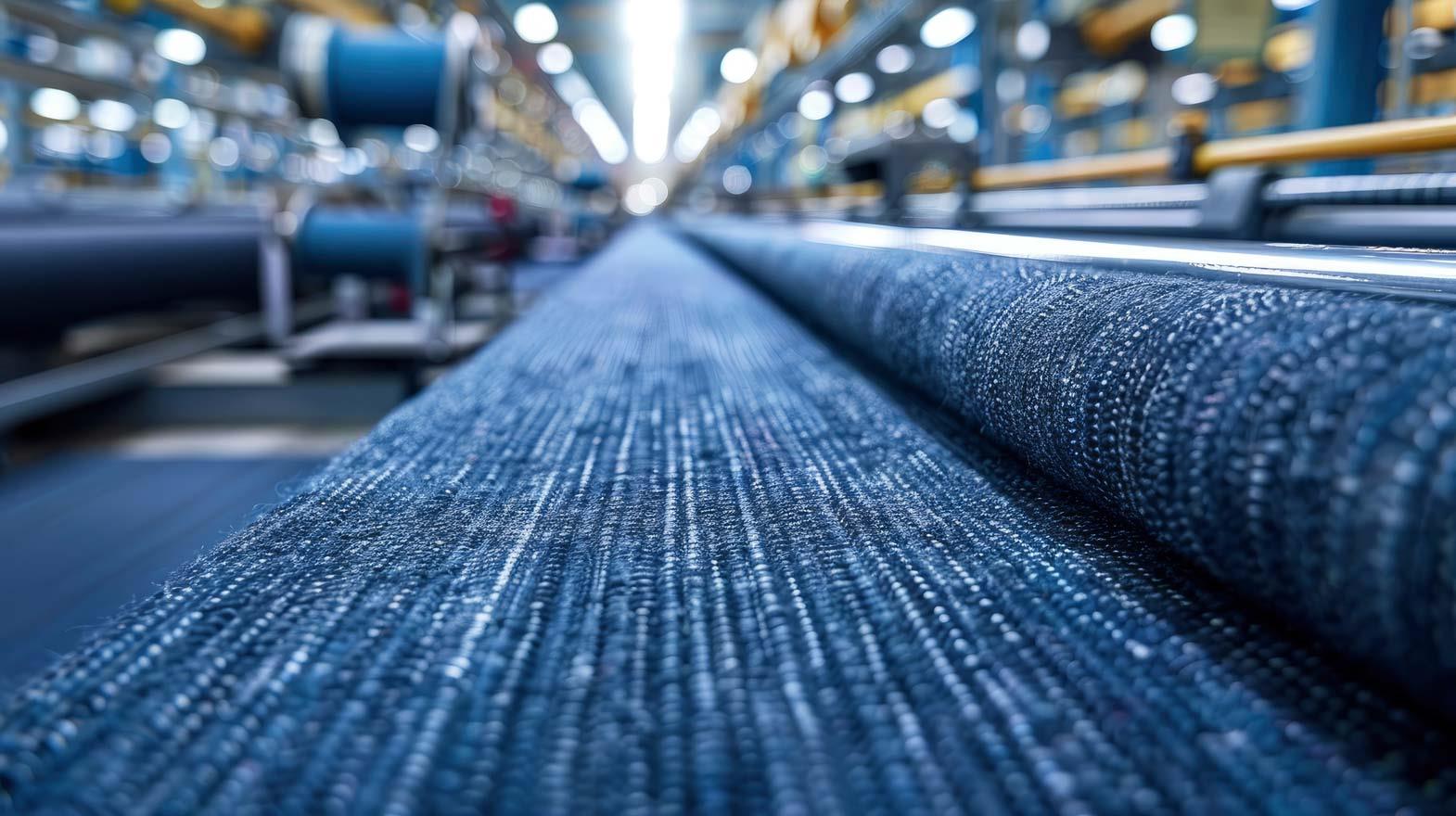The evolution of agriculture and the adoption of modern techniques have expanded the use of textiles in agriculture to provide solutions for weed prevention, soil stabilization, insect barriers, landscaping, soil erosion control, and frost protection. Agro textiles play a vital role in addressing the increasing demand for food production, especially in developing countries with rising populations. Therefore, the significance of agro textiles is expected to grow in countries like China, Brazil, and India. In India, the market size for agro textiles was projected to be worth 1300 crores in the year 2012-2013.
The global population's growth and the demand for high-quality vegetables and fruits are major drivers of agro textiles' growth. According to the United Nations' Food and Agricultural Organization (FAO), global food production must increase by 70 percent by 2050 to meet the population's needs. Based on such projections, the future holds immense potential for agro fabrics and textile products.
Most agro textile products used in agriculture and horticulture are designed to protect crops from solar and ultraviolet radiation, microorganisms, and water retention. They are also required to be completely biodegradable. Agro textile products are resistant to abrasion, lightweight, flexible, and possess high tensile strength, making them valuable for increasing agricultural yields and quality. Synthetic fibers, including polyester, polyethylene (PE), polypropylene (PP), nylon, and other synthetic polymers, are commonly used in various forms like tape yarn, monofilament, and multi-filament yarns for producing bird nets, sunscreens, hail protection, harvesting nets, and wind shields. Spunbonded nonwovens for plant growth and polyethylene sheets for mulch mats are also popular applications of textiles in agriculture. Natural fibers like wool, jute, coir, sisal, hemp, and flax are used in agro textiles due to their properties of moisture retention, wet strength, and complete biodegradability.
Shade cloths are one of the oldest and well-known uses of textiles in agriculture. Different fabrics provide varying degrees of shade, depending on the specific needs of the plants. Greenhouses made with lightweight non-woven fabrics create a microclimate for plants, allowing them to grow faster and produce higher-quality yields. The temperature, humidity, light, air, and water movements can be controlled according to the specific requirements of each plant.
PP shades are the products used the most in agro textiles. The resin is treated with additives and pigments which help in providing resistance to the sun rays and weathering. For a high degree of resistance to the sunlight a black pigmentation is used for agro shades. Extruded nets of the biaxial type of PP and are either green or black pigmented are employed for increased turf grass production. Advanced nets such as these reduce the harvest time; improve handleability, decrease the irrigation and maintenance cost.
Moreover, agro textiles are also being used for irrigating gardens and landscapes. High density PE spun bonded fabrics with micro-pores in the shape of tubes for hydrating plants efficiently are designed. The tubes are either layered besides the plant or buried few inches, under the soil for continuous and consistent watering to the roots of the plant. The many fine fibres in the fabric let the droplets of water to escape from the tube in a uniform manner.
The agro textiles as an industry is so developed that today non-wovens are used as an alternative to plastic films, glass, and straw, which were originally used to keep the crops from freezing. Crop covers were initially made up of cotton but now crops and plantations respond well to non-woven row covers protecting the production from an early frost and providing early yields to farmers.
Such innovative use of textiles in agriculture and farming has pushed the field of agro textiles to new limits and into a growing prospective business. Today, the farmers being burdened from the inflating costs of protection are looking for more secure avenues of protecting their agricultural produces. The new generation of farmers are educated and well informed and are switching to more dependable techniques that can help them produce better and high quality yields and crops, yet at the same time reduce costs and maintenance. Agro textile products provide them with just that and much more. The agro textile industry produces economical and practical solutions to increase crop production, avoid soil from drying, and reduce the need for pesticides, fertilizers, water, and energy.
References:
1. Pib.nic.in
2. Textilemedia.com
3. Indiantextilejournal.com
4. Textileworld.com








Comments